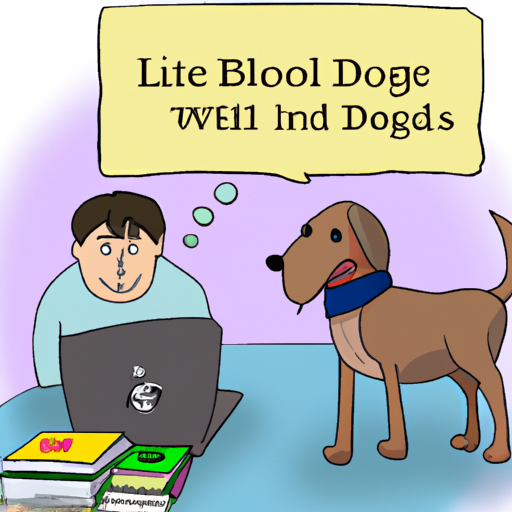All dog owners know that sometimes, our furry friends can get sick. It’s an unpleasant experience for all involved, but it’s important to understand why it happens. One common issue is when dogs throw up bile. Let’s delve deep into this topic and understand why it happens, what you can do, and when to be worried.
Understanding Vomiting in Dogs
Seeing your dog throw up can be alarming, and it’s often a sign that something isn’t right with their digestive system. Vomiting in dogs can be caused by a variety of factors, including eating too quickly, consuming indigestible material, or as a symptom of a more serious health condition.
Bile, a yellow or greenish liquid, is produced by the liver and stored in the gallbladder. It helps in the digestion of fats. When a dog throws up bile, it’s an indication that its stomach is empty and it’s throwing up the digestive juices that have built up.
Common Causes and Triggers
There are several reasons why your dog may be throwing up bile:
- Bilious Vomiting Syndrome: This condition often happens when a dog’s stomach is empty for a long time, leading to irritation and vomiting.
- Gastrointestinal Diseases: Conditions such as inflammatory bowel disease, pancreatitis, or liver disease can cause vomiting.
- Dietary Issues: Overeating, eating too quickly, or eating non-food items can lead to vomiting.
Symptoms and Diagnosis
Aside from vomiting, other symptoms may indicate a problem. These include:
- Loss of appetite
- Lethargy
- Diarrhea
- Dehydration
If your dog is experiencing these symptoms, it’s crucial to seek veterinary care. Diagnosis will usually involve a physical exam, blood tests, urine tests, and sometimes imaging studies like X-rays or ultrasound.
Treatment and Prevention
Treatment of vomiting in dogs depends on the underlying cause. For mild cases, dietary changes may be enough. For more severe cases, hospitalization and intensive care may be required.
Prevention strategies can include:
- Regular feeding schedule
- Avoiding rapid dietary changes
- Discouraging eating of non-food items
| Prevention Strategy | Details |
|---|---|
| Regular feeding schedule | Feed your dog at the same times every day |
| Avoid rapid dietary changes | Introduce new foods slowly over a week |
| Discourage eating of non-food items | Keep dangerous items out of reach |
Frequently Asked Questions
Q: How often is too often for a dog to vomit?
A: If your dog is vomiting multiple times a day, it’s time to consult a vet.
Q: Can I give my dog medication to stop vomiting?
A: Always consult your vet before giving your pet any medication.
Q: How can I keep my dog hydrated if they’re vomiting?
A: Offer small amounts of water frequently. If they can’t keep it down, seek veterinary attention.
Q: Should I feed my dog after they vomit?
A: It’s usually best to wait a few hours after vomiting before offering food.
Remember, as a caregiver, your role is to keep your dog healthy and happy. Understanding why dogs throw up bile is part of that responsibility. Stay informed and always consult with your vet when you’re concerned about your dog’s health.



